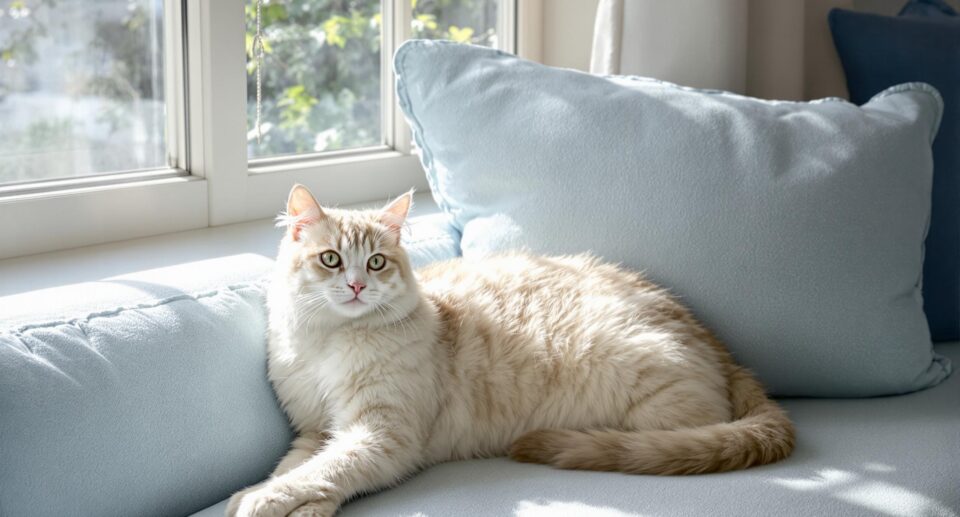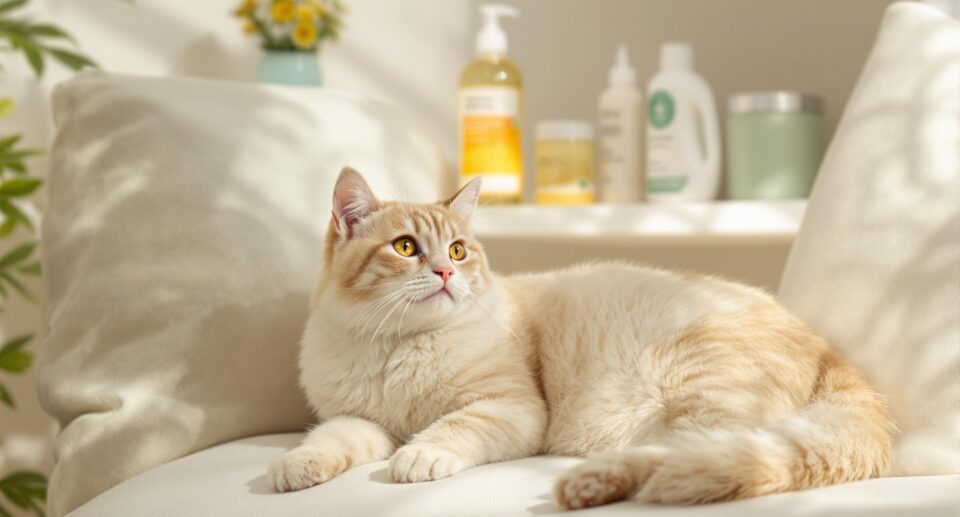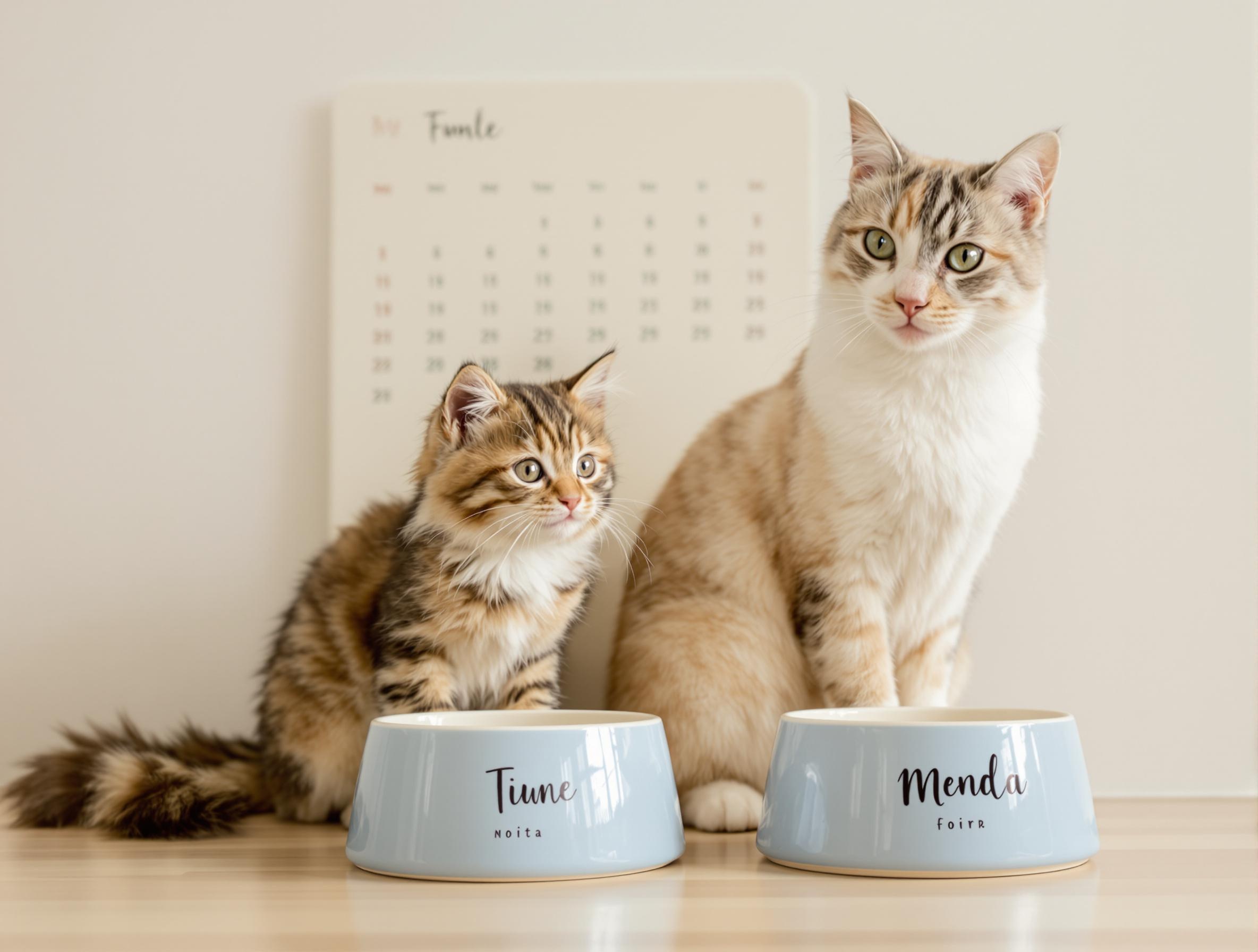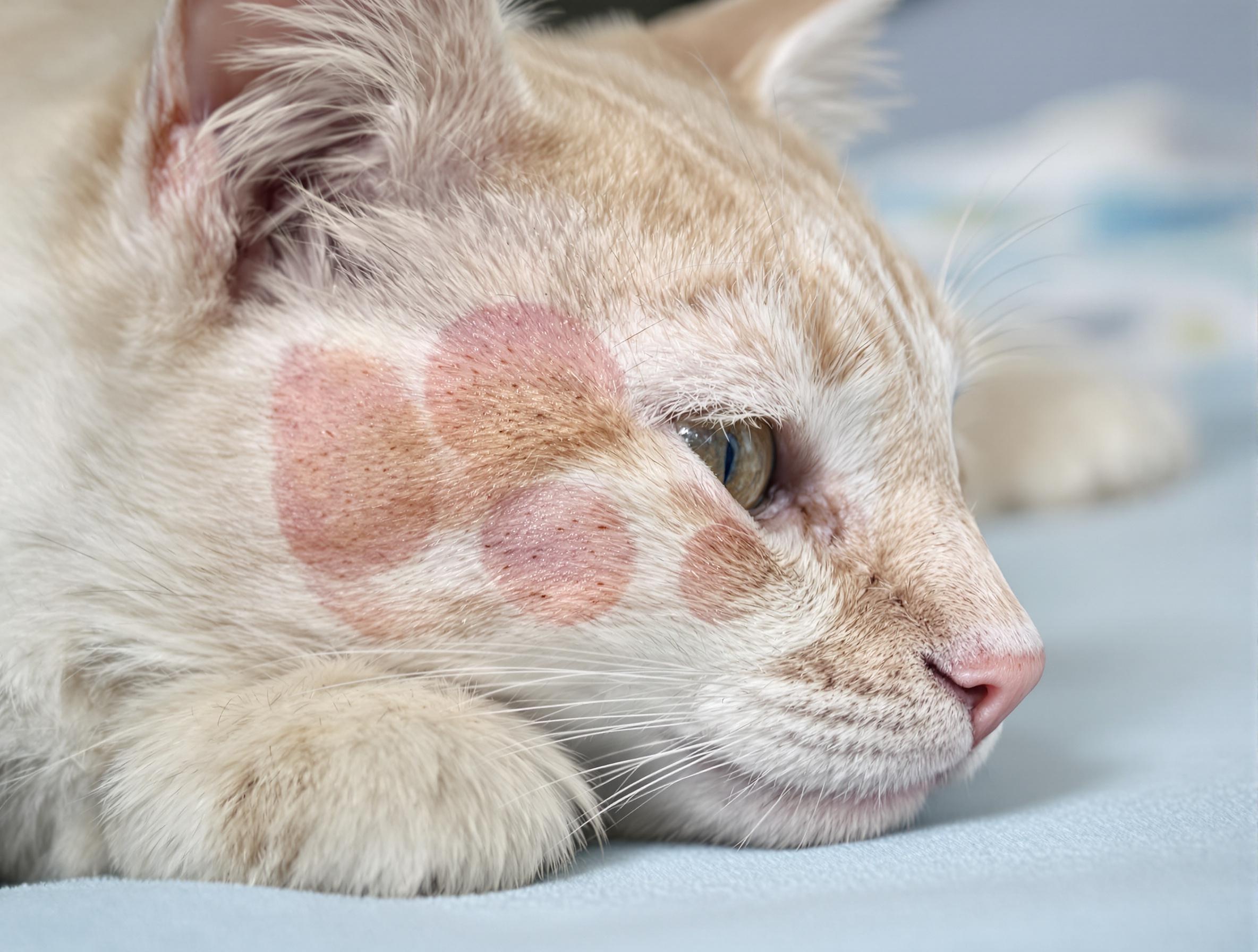How To Stop Cats From Fighting

Understanding Cat Fights and Behavior
What happens when you love your pets, but they don’t seem to love one another? Fights between cats in a household can be stressful and may sometimes result in serious injuries. Here’s what you can do to help your cats live together in harmony.
How to Tell If Cats Are Playing or Fighting
Perhaps your cats aren’t fighting at all. Though they may create a ruckus as they chase one another, growl, and squabble, your cats may simply be bonding in a way that is natural to them. Kittens often play-fight with their siblings and parents when they’re young, learning important social skills in the process. They can even learn to play-fight amicably with other pets in the home.
During play, cats typically show loose, relaxed body language. A playful cat may swish their tail, pounce, or give gentle nips, but they generally will not hurt one another or draw blood. In contrast, an upset cat will arch their back, puff up their fur, hiss, or swipe defensively.
Common Reasons Cats Fight
In the wild, animals often compete over resources to survive. In our homes, there’s plenty of food, toys, and attention to go around, but cats may still get possessive from time to time. They are territorial by nature, and sometimes a disagreement over a favorite sleeping spot, toy, or human can lead to conflict.
Growling and hissing are normal, natural ways for animals to communicate boundaries. If one cat ignores the other’s warnings, though, a fight may break out. In multi-pet households, preventing resource guarding is key to maintaining peace. Feed cats in separate areas and provide multiple litter boxes, scratching posts, and resting spots so they don’t feel the need to compete.
Resource guarding can also extend to you. If your cat becomes jealous when your lap is occupied by another pet, it may be best to limit lap time and give each cat separate attention to prevent tension.
How to Create a Peaceful Multi-Cat Household
Cats are more likely to fight when they feel insecure or fearful around each other. While you can’t force friendship, you can help them feel relaxed and safe by creating an environment that reduces stress.
One way to do this is to use pheromone diffusers, collars, or sprays in your home. Feliway for Cats is a synthetic version of the calming pheromones that mother cats release to comfort their kittens. These products can help ease tension between cats and create a more tranquil atmosphere.
Give your cat plenty of vertical spaces that are inaccessible to other pets. Cat Trees and Towers, wall-mounted shelves, and window perches provide safe zones for relaxation. For multi-species households, creating dog-free cat areas helps your feline companions feel more secure.
You can also support your cats’ overall comfort with Calming Supplements and Interactive Cat Toys that help reduce stress and boredom.
If you continue to have trouble creating harmony, consider consulting a veterinary behaviorist certified by the American College of Veterinary Behaviorists (ACVB). A behaviorist can create a tailored treatment plan, provide training strategies, and recommend medications if necessary to help your cats live together peacefully.
Bring Harmony to Your Home
Managing cat behavior can take time and patience, but the right approach makes a big difference. Explore the full range of Cat Supplies on 1800PetMeds to support your cats’ wellbeing and restore peace in your household.





